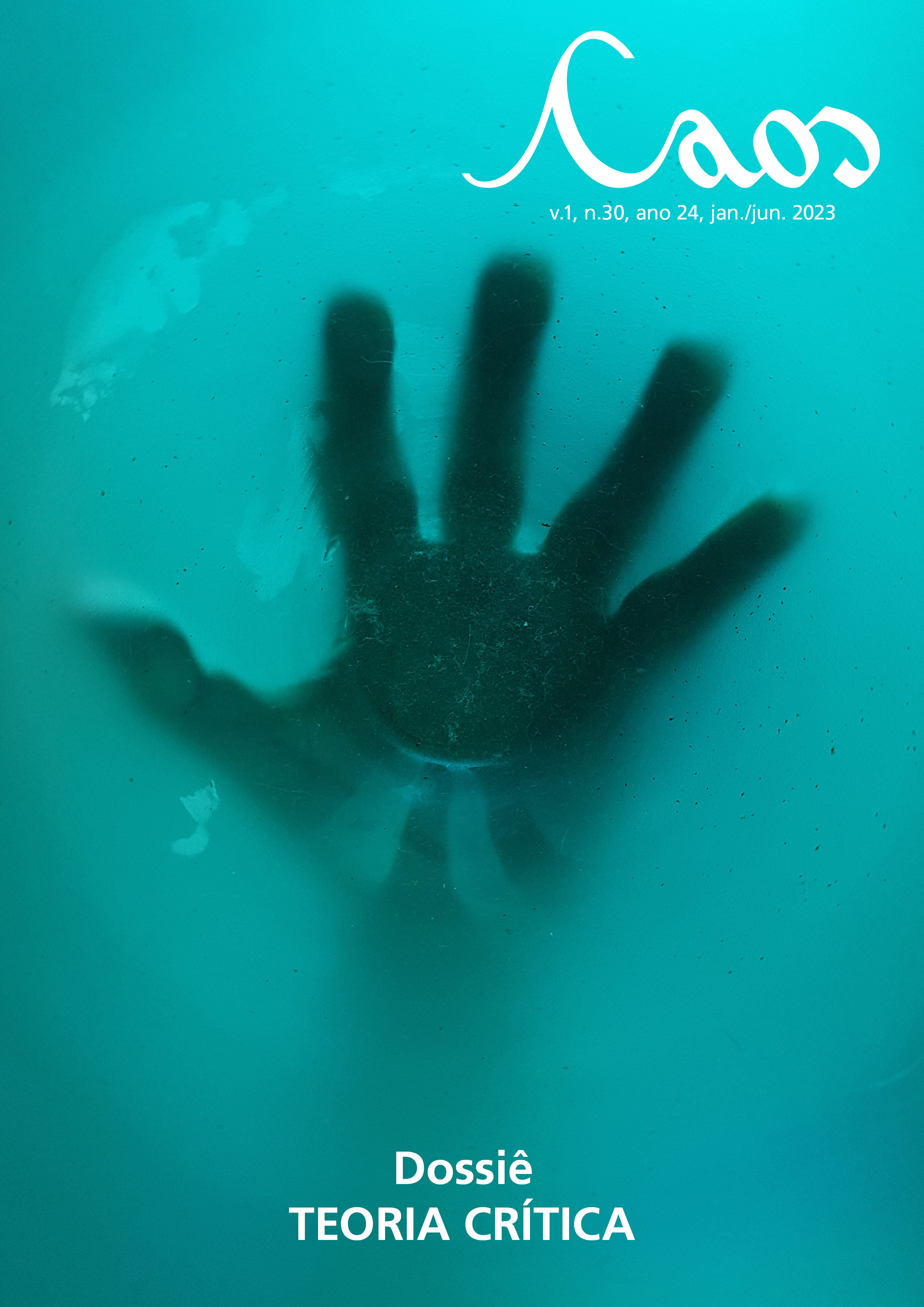FROM STRUCTURE TO BUREAUCRACTIC (RE)PRODUCTION: the social production of indifference in the process of removal of residents of the community Jardim Edith and Água Espraiada in São Paulo in the 1990s
DOI:
https://doi.org/10.46906/caos.n30.65843.p39-59Keywords:
structural indifference, social production of indifference, gentrification, critical theory.Abstract
This article aims to discuss theoretical and hypothetical elements, until now reflected in ongoing research, on the social production of indifference inserted in the speeches of politi-cal projects of expansion or maintenance of capital. Within a rationality, they reproduce and centralize the concern with economic growth under the protection of a collective wellness, but in the face of individual interests. In order to outline the context and operationalization of the process of expulsion of the residents of the Jardim Edith and Água Espraiada communities, we will start from the ethnographic data and interviews collected and presented in the work “Parceiros da Exclusão” by Mariana Fix. We can observe that the social production of indifference, promoted in three stages, is based on a conflict of interests and operated in the speech of the in-line workers, through a moral, to provoke the exit of the residents of the favelas for the expansion of the capital.
Downloads
Metrics
Published
Issue
Section
License
Copyright (c) 2023 Rodrigo Ferreira

This work is licensed under a Creative Commons Attribution-NonCommercial 4.0 International License.
A Caos é regida por uma Licença da Creative Commons (CC): CC BY-NC 4.0, aplicada a revistas eletrônicas, com a qual os autores declaram concordar ao fazer a submissão. Os autores retêm os direitos autorais e os de publicação completos.
Segundo essa licença, os autores são os detentores dos direitos autorais (copyright) de seus textos, e concedem direitos de uso para outros, podendo qualquer usuário copiar e redistribuir o material em qualquer suporte ou formato, remixar, transformar e criar a partir do material, ou usá-lo de qualquer outro propósito lícito, observando os seguintes termos: (a) atribuição – o usuário deve atribuir o devido crédito, fornecer um link para a licença, e indicar se foram feitas alterações. Os usos podem ocorrer de qualquer forma razoável, mas não de uma forma que sugira haver o apoio ou aprovação do licenciante; (b) NãoComercial – o material não pode ser usado para fins comerciais; (c) sem restrições adicionais – os usuários não podem aplicar termos jurídicos ou medidas de caráter tecnológico que restrinjam legalmente outros de fazerem algo que a licença permita.
Recomendamos aos autores que, antes de submeterem os manuscritos, acessem os termos completos da licença (clique aqui).
















